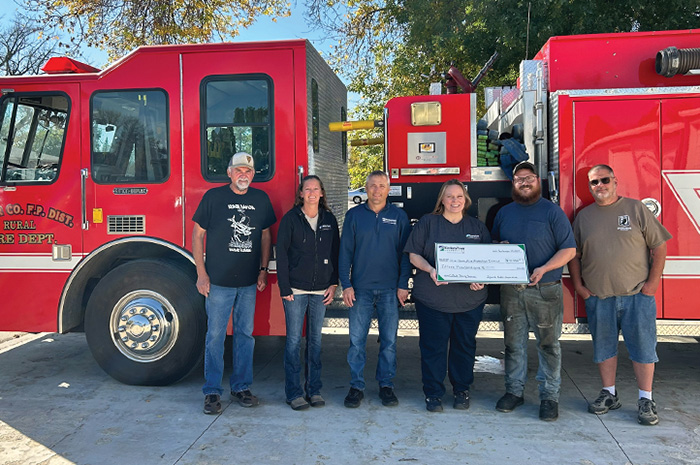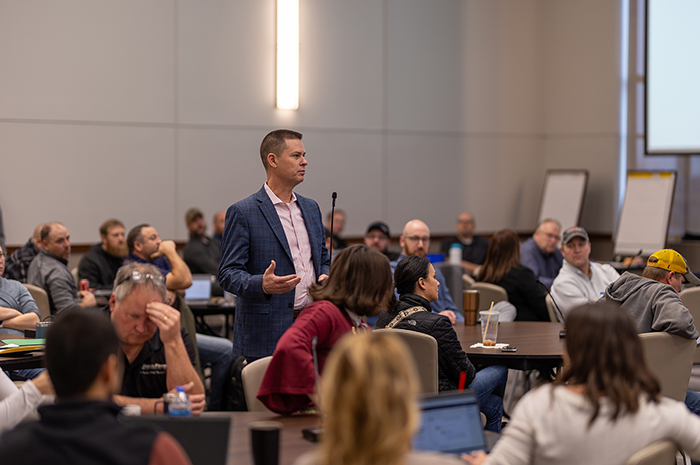Making our grid smarter
A major Minnkota distribution automation project aims to improve outage response and communication with member-owners.
When a power delivery system issue occurs in a rural part of Minnkota’s service area, information can be scarce.
Power system operators in the cooperative’s Grand Forks control center are sometimes left to make an educated guess on the right crew and equipment to send out to the scene.
“It usually requires an exploratory trip either by the outpostman (lineworker in the area) or one of our crews to say, oh, this is actually broken. Now let’s go get what we need,” said Jim Brower, technical maintenance superintendent.
Brower’s crews are in the second year of a major effort to bring greater visibility to all corners of the cooperative’s service area. As a part of the distribution automation program, technologies are being installed at distribution substations that will bring real-time data into Minnkota’s control center. Accurate information will help crews respond to outages and other issues more safely and efficiently.
“By receiving real-time data from the substations, we hope to more quickly respond to outages and other power quality issues,” Brower said.
Advanced communication to Minnkota’s substation sites is made possible by adding a computer system, known in the industry as SCADA. This system will help gather and analyze data while also monitoring and controlling equipment processes remotely. All new substations have the technology in place.

Building connections
The long-term focus of the distribution automation program is to have advanced communication equipment installed at all 212 of Minnkota’s distribution substations in eastern North Dakota and northwestern Minnesota. These substations are used to lower voltage so electricity can be safely delivered into local communities by the member cooperatives and associated municipals.
Communication is changing immensely with the installation of the new distribution automation equipment. Before the new technology, the cooperatives and municipals would receive notice of an outage and investigate potential issues at the substation.
With the new technology, Minnkota knows when a substation is offline and is able to provide additional information to the member.
“We can actually tell our member cooperatives and municipals what’s going on,” Brower said. “At least they know the problem when their member-consumers start calling about what’s going on.”
With new distribution automation meters and regulators at several substations, Minnkota employees can now communicate with the regulator panels. If employees cannot connect to the regulator panel, they know to send technical maintenance personnel out to the site. If they can connect with the panel, they know it’s an electrical problem and construction and maintenance crews will then be sent out.
“If we have an issue, the alarm will come into the control center so we know right away, but we can also make a maintenance connection on the devices and interrogate them from here in Grand Forks,” Brower said.
About 15 to 18 distribution substations are scheduled to receive the new equipment each year. Minnkota estimates investing about $1 million annually into the program.
“The biggest part of it is getting SCADA visibility to all these loadserving substations,” Brower said. “The substations, the voltages, the current on each phase – all that data is available to them.”
Main image, left to right: Minnkota electricians Mike Howard, Mike Vetsch and Jason Sather work to install distribution automation equipment at the Minto substation in eastern North Dakota. (Michael Hoeft/Minnkota)
...



